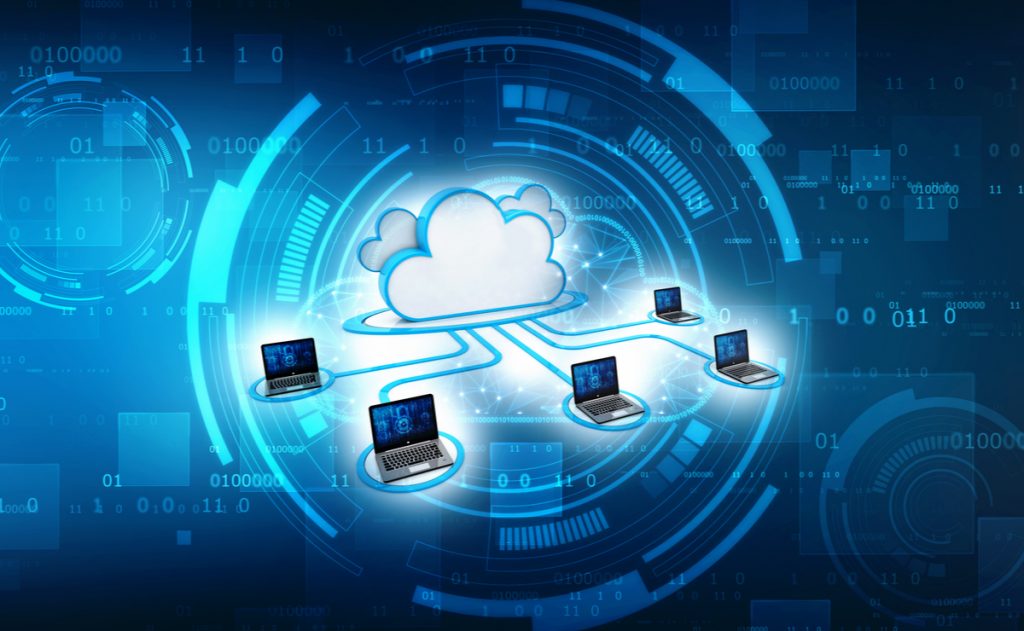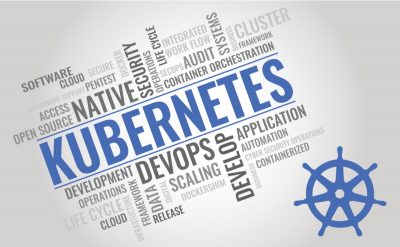Cloud PC is arriving for all the right reasons. However, the speculations of replacing Windows 10 and Windows Server are not something you should go after. Instead, it will act as an option for enterprise customers who want to access their Windows PC from anywhere at any time.
The Cloud PC’s tagline recently got leaked. It said, “Access your work apps and programs online from any device.” It means Cloud PC will deliver Desktop-as-a-Service (DaaS) for businesses.
To understand Cloud PC, a new strategic offering is built on the concept to provide Windows Virtual Desktop. Windows Virtual Desktop is an Azure-based system that helps in virtualizing Windows and applications in the cloud. Cloud PC uses Windows Virtual Desktop and Azure infrastructure to give away DaaS and render a modern cloud-based Windows experience. In this way, organizations can stay remote while being simplistic and scalable.
Microsoft is currently experimenting with three different tiers for Cloud PC service, namely:
- Medium tier: 2 vCPUs, 4 GB of RAM, and 96 GB of SSD storage
- Heavy tier: 2 vCPUs, 8 GB of RAM, and 96 GB of SSD storage
- Advanced tier: 3 vCPUs, 8 GB of RAM, and 40 GB of SSD storage
The report says that Cloud PC will be supported by all the remote desktop applications, including Windows, iOS, macOS, and Android.
Added features
Cloud PC aims to help enterprise customers rather than individual users; thus, it will be shipped with Windows 10x (modular OS) to offer support for Win32 apps streaming.
It is also discovered that Microsoft added new APIs to the Microsoft Graph API this December to aid the working of Cloud PC service. With these APIs’ help, administrators can control existing Cloud PC instances by either getting information about an instance or re-provisioning new Cloud PC instances.
Currently, this service is considered beta and will be previewed by a small group of organizations. As per the reports, the service will be available for public use by Spring of 2021, near March and June.














